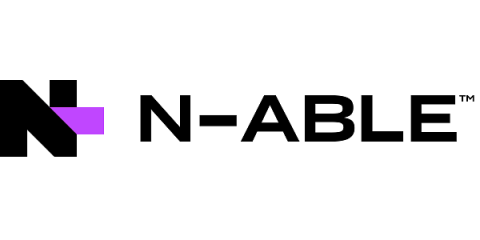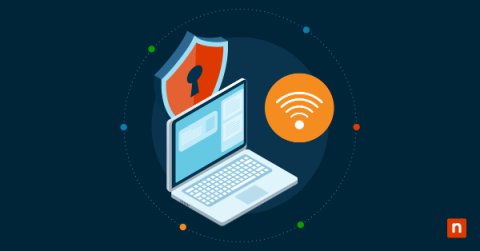Understanding the Amazon Ransomware Attack and AI's Role
Understanding the Amazon Ransomware Attack and AI's Role January 2025 Patch Tuesday Microsoft has released updates resolving 159 unique CVEs for January. Among the lineup are three zero-day exploits and five publicly disclosed vulnerabilities. The exploited CVEs are all targeting Windows Hyper-V NT Kernel Integration VSP, making the OS update this month your most urgent priority. The public disclosures impact Windows Themes, Windows App Package Installer and three CVEs for Microsoft Access.










